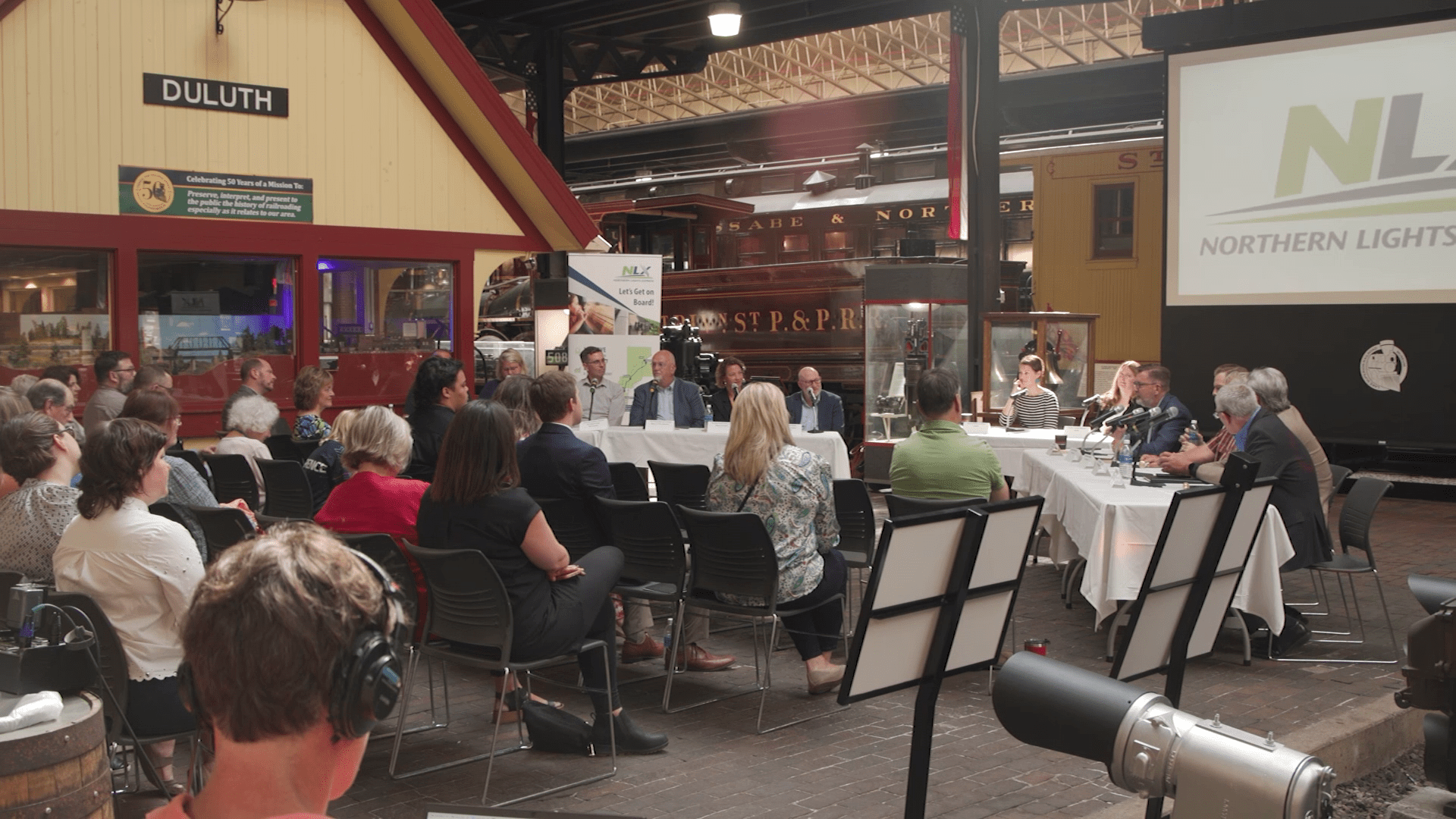Projects around the Northland getting funding from transportation bill
[anvplayer video=”5185511″ station=”998130″]
Lawmakers are traveling the state to talk about what was included in the transportation bill.
Monday was their first stop, and it was in Duluth.
The legislative Transportation Committee Chairs, Duluth-area lawmakers, local elected officials, and other community leaders held a Transportation Roundtable to discuss regional transportation investments in Northeastern Minnesota as a result of the 2023 legislative session.
Rep. Frank Hornstein (DFL-Minneapolis), chair of the House Transportation Committee, and Sen. Scott Dibble (DFL-Minneapolis), chair of the Senate Transportation Committee, facilitated the event at the Lake Superior Railroad Museum at the Duluth Depot.
“Our generational transportation budget will help people get to jobs, grow businesses and help communities thrive with a strong transportation and transit system,” said House Transportation Chair Frank Hornstein (DFL-Minneapolis). “This bill will help all parts of the state and support all modes of transportation. There’s no better place than Duluth, a key transportation hub for the country, to demonstrate the importance of this bill.”

(WDIO)
“After years of inaction and underinvestment in transportation, the legislature finally made a meaningful investment in our transportation system,” said Senate Transportation Chair Scott Dibble (DFL-Minneapolis). “The historic funding invests in projects across the state, supports our communities, improves transit safety, and will expand opportunities for Minnesota workers.”
State lawmakers approved a transportation budget this legislative session, raising more than $3.7 billion in new revenue over the next four years to fix Minnesota’s critical infrastructure. This includes roads, bridges, and transit systems across the state.
The bill also invests $1.1 billion on a one-time basis, which includes $194.7 million for the Minneapolis-Duluth Northern Lights Express Passenger Rail Route, a long-sought after project that’s been in the works for decades. The Duluth Transit Authority is also receiving a boost in funding, increasing accessibility for transit users in the Northland region.
“The transportation budget we passed this year demonstrates a commitment to all modes of transportation, including by investing in our woefully insufficient passenger train options,” said Senator Jen McEwen (DFL-Duluth). “Minnesotans want choices that allow them to get around their communities and the state safely and efficiently. The Northern Lights Express line will open access for urban and suburban Twin Cities residents to explore the Northland region without needing a car. Likewise, Duluthians who need to catch a flight — or a Twins game — will be able to reach Minneapolis without even worrying about a parking spot. The result will be a better-connected state that’s easier to explore for recreation, visiting family and friends, and employment.”
“Investments in transportation strengthen our communities, make them more resilient, and create new opportunities. This session, DFLers delivered the strongest package of transportation funding in decades, with investments here in Duluth and across the state,” said Rep. Liz Olson (DFL – Duluth). “With funding for key priorities like the NLX rail, transit, and roads and bridges, Duluth and the Twin Ports will be in a stronger position to grow and thrive.”
Highway 61 will also receive a portion of the historic transportation investments. Two Harbors Mayor Lew Conner said the project through town is now fully funded. “This will help the flow of traffic. It’s not always backed up, but during peak periods, roundabouts can help.”
The DTA is also excited about more consistent funding, which will help them make improvements like rapid transit service.
In addition, the Blatnik Bridge, Minnesota’s second largest bridge, is eligible for improvements from a $200 million new investment in Trunk Highway funding.
The final transportation legislation also provides for a first-ever dedicated, ongoing funding source for small cities with populations less than 5,000.